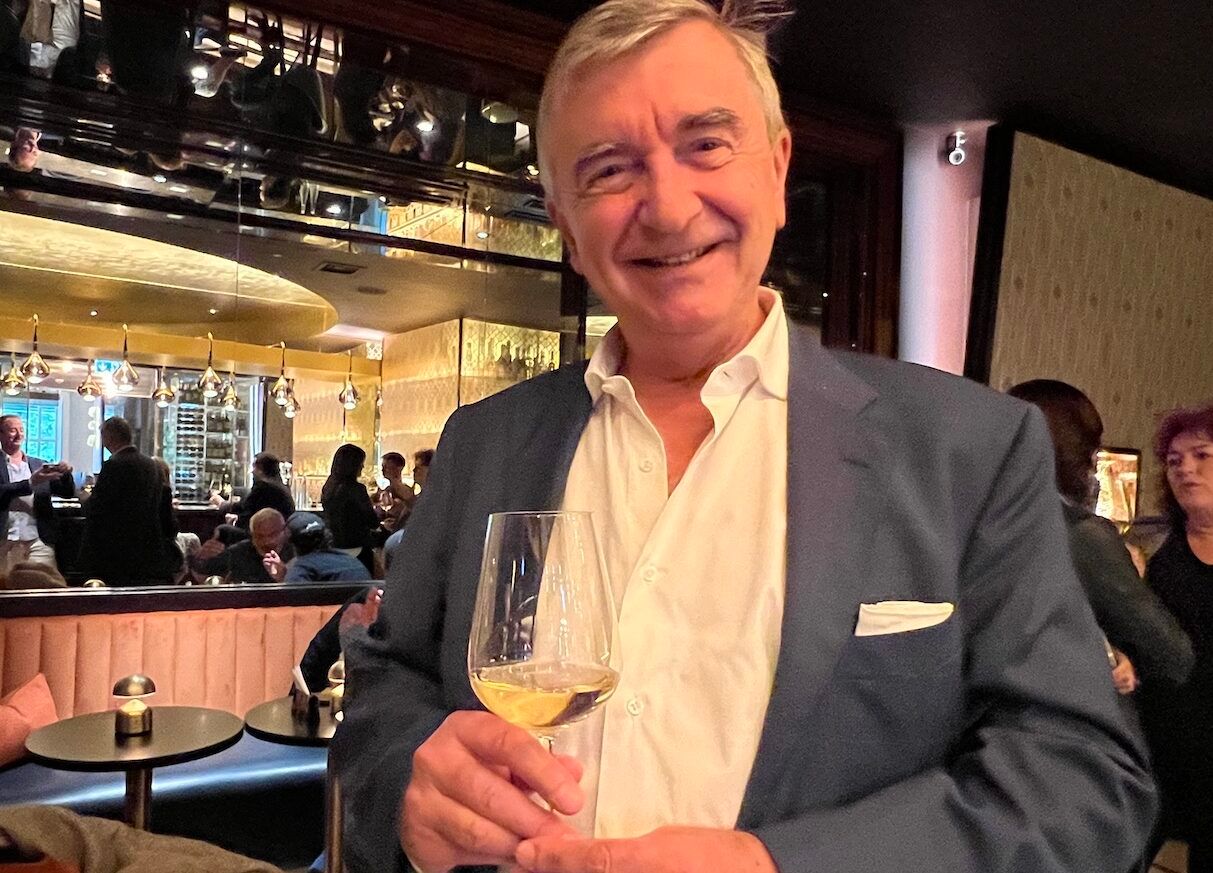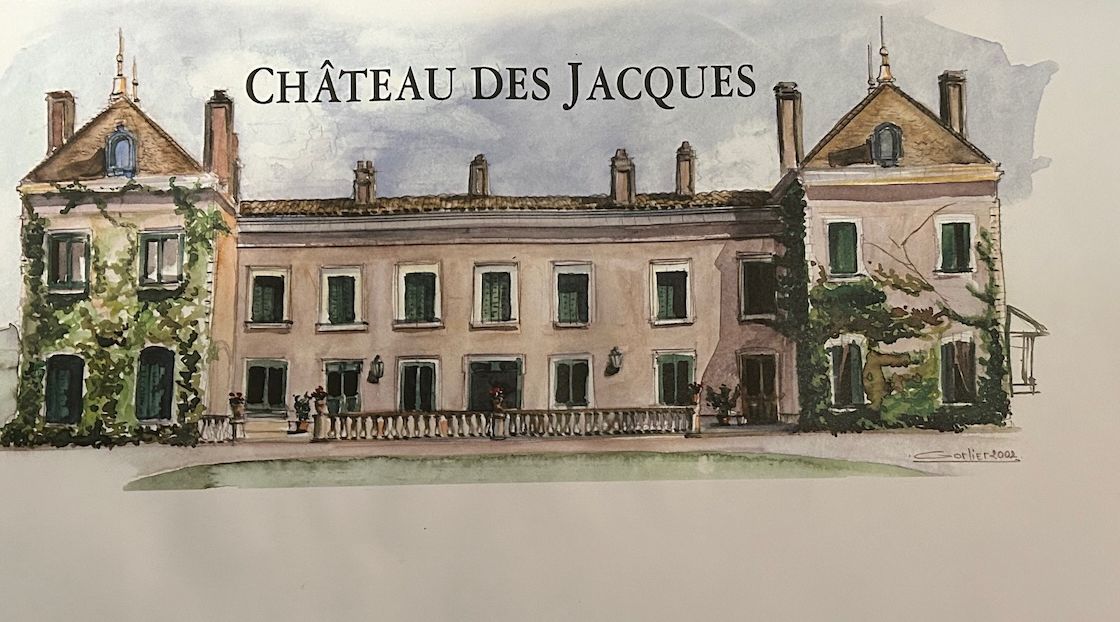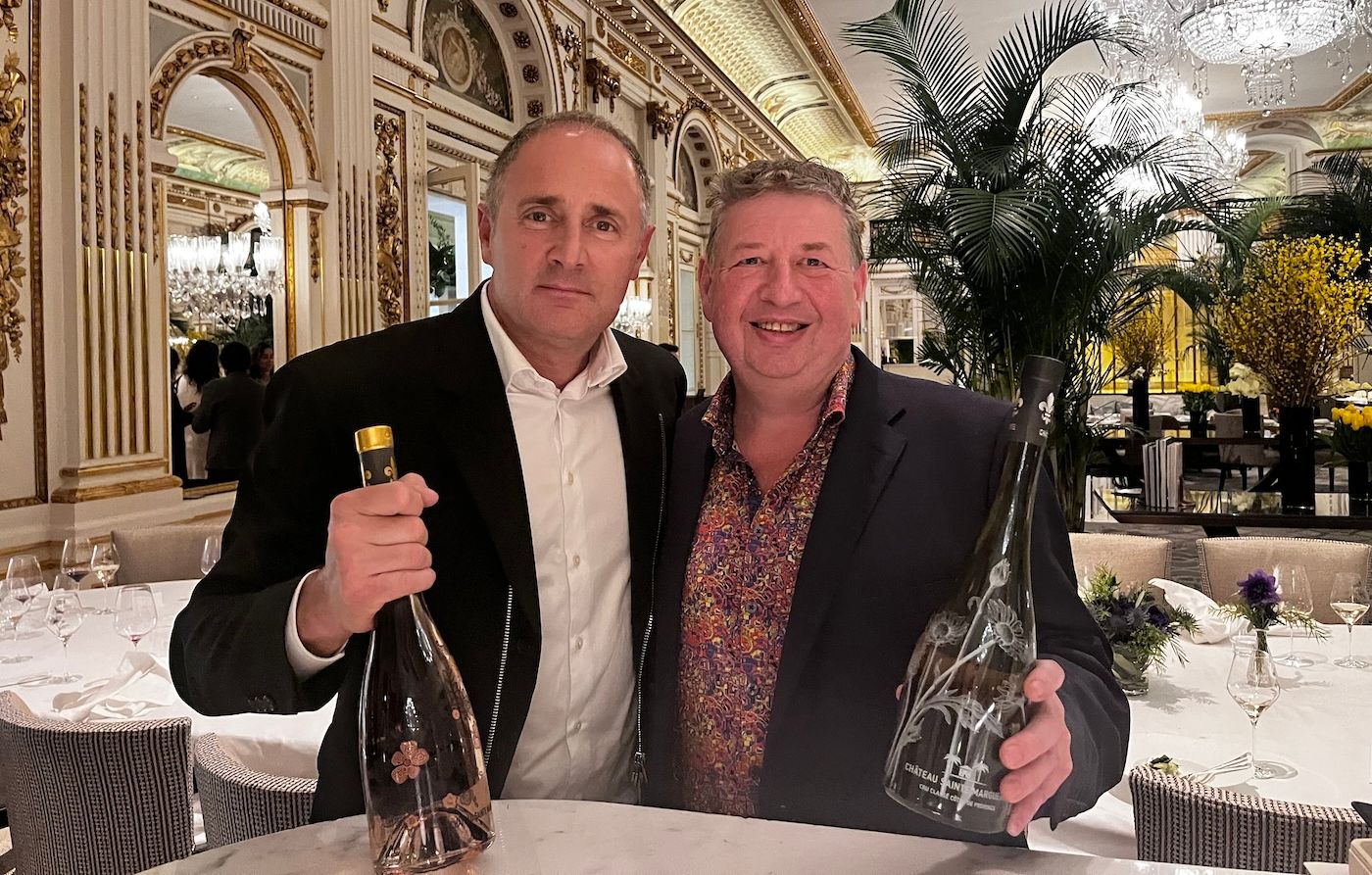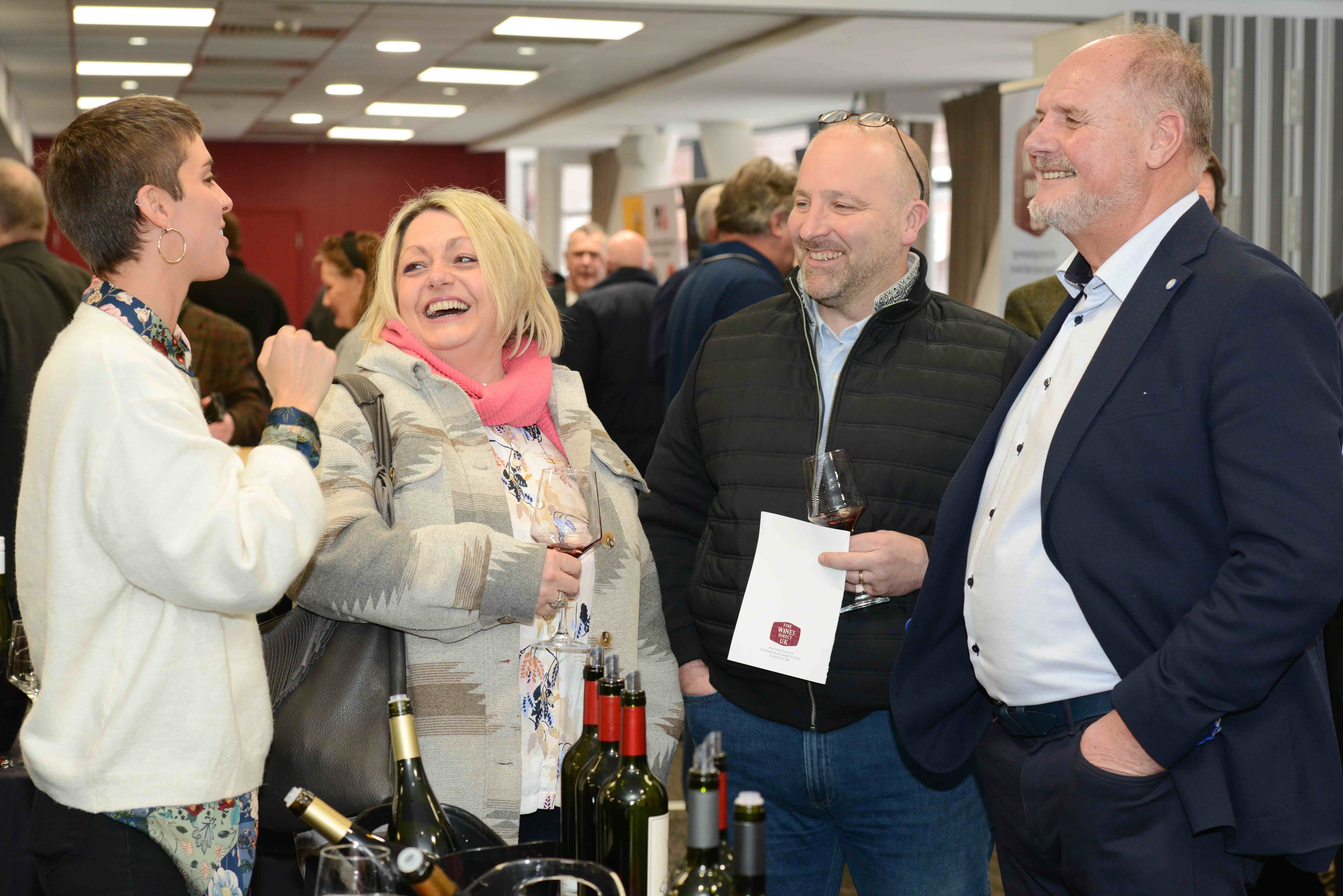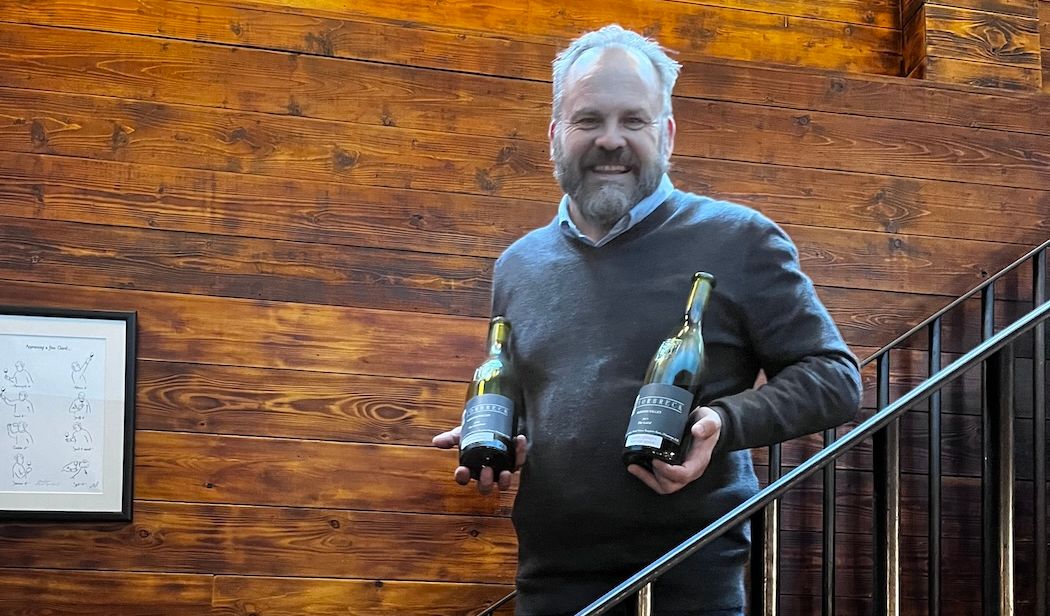“I believe Francesco has ‘kissed the frog’ and turned it into royalty with the 100% Trebbiano wine, San Barnaba,” writes Dean.

Baron Francesco Ricasoli launching his new San Barnaba wine, London, September 19, 2023
Look at any website of an Italian wine estate and the first tab on the header will usually be labelled ‘Family’ followed by ‘History’ and so on. A cheesy photograph of the extended family – complete with impossible smiles and a castle interior background – will most likely be on the top half of the fold.
What’s refreshing about Ricasoli is that on their website after the Who We Are tab, the second from the left is R&D and the third one Sustainability which shows immediately (and refreshingly) what the priorities are for this noble Tuscan estate.
As it happens, Family and History both have prominent parts to play at Ricasoli which, having been founded in 1141, is the fourth oldest winery in the world with Baron Francesco Ricasoli, our host for today’s tasting lunch at Dinner by Heston Blumenthal, being the 32nd generation. The prominence of R&D and Sustainability in the estate’s ‘order of play’ is down to Francesco who has been the owner and president since he took over 30 years ago.
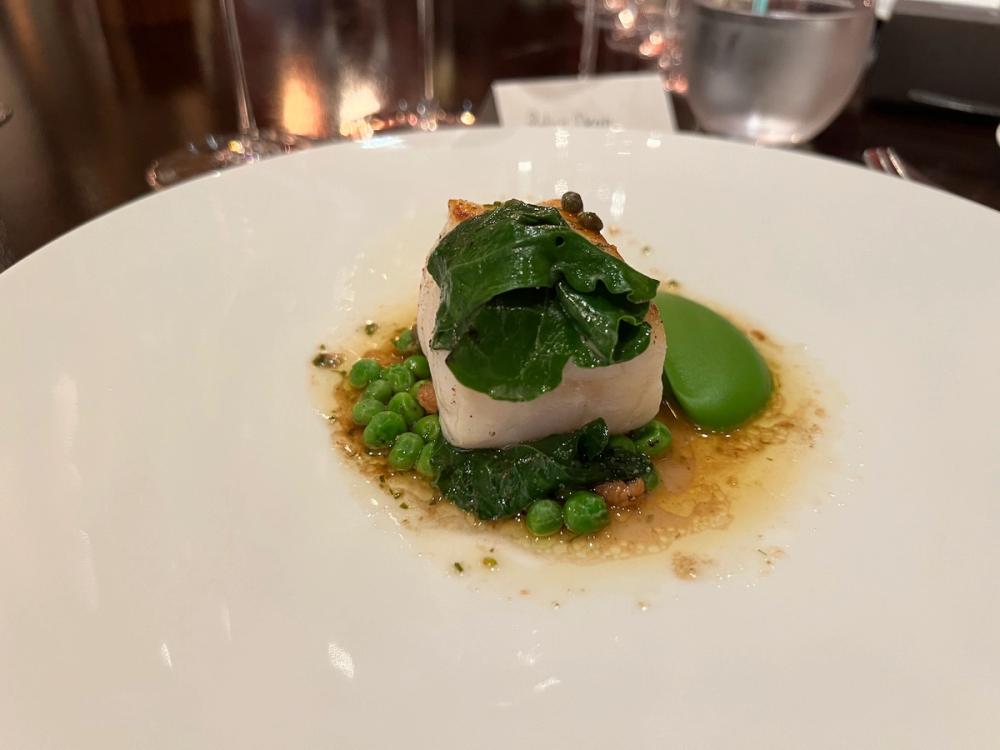
The new San Barnaba wine was served alongside melt-in-your-mouth cod
Francesco names the study of soil types and clonal selection of Brolio Sangiovese as two of his abiding passions, along with mapping and renovating the 240 hectares of vineyards and masterminding ways through ‘precision agriculture’ in which they can be rendered more sustainable. Francesco is a man of innovative ideas which, presumably, is why he has chosen Blumenthal as the venue for tasting through the latest vintages.
Francesco’s decision to take over the running of the estate was not all plain sailing. In 1990 he decided to abandon a lucrative career in high-end still life photography snapping “sunglasses, pasta and motorbikes” to engineer a buyout of the 1,200 hectare estate and bring it back under family control.
A warm, generous man who has the air of relaxed confidence that comes from having little to prove, he speaks openly and honestly about the challenges (and triumphs) of running such a world-renowned estate.
The reason for the lunch, then, is to show the latest vintages and, in particular, the maiden vintage of San Barnaba, a 100% Trebbiano that is proving the doubters wrong that you can actually make a world class wine from this workaday grape. The other key focus is the three single vineyard wines Colledila, Roncione and CeniPrimo which collectively show a range and elegance to Sangiovese that can often get overlooked, although sommeliers the world over will doubtless know them intimately.
With one-time world’s best sommelier and consultant Stefan Neumann playing MC, this was a magnificent opportunity to analyse what Chianti does so well paired with the style of cuisine that only Heston knows how.
The wines served with lunch
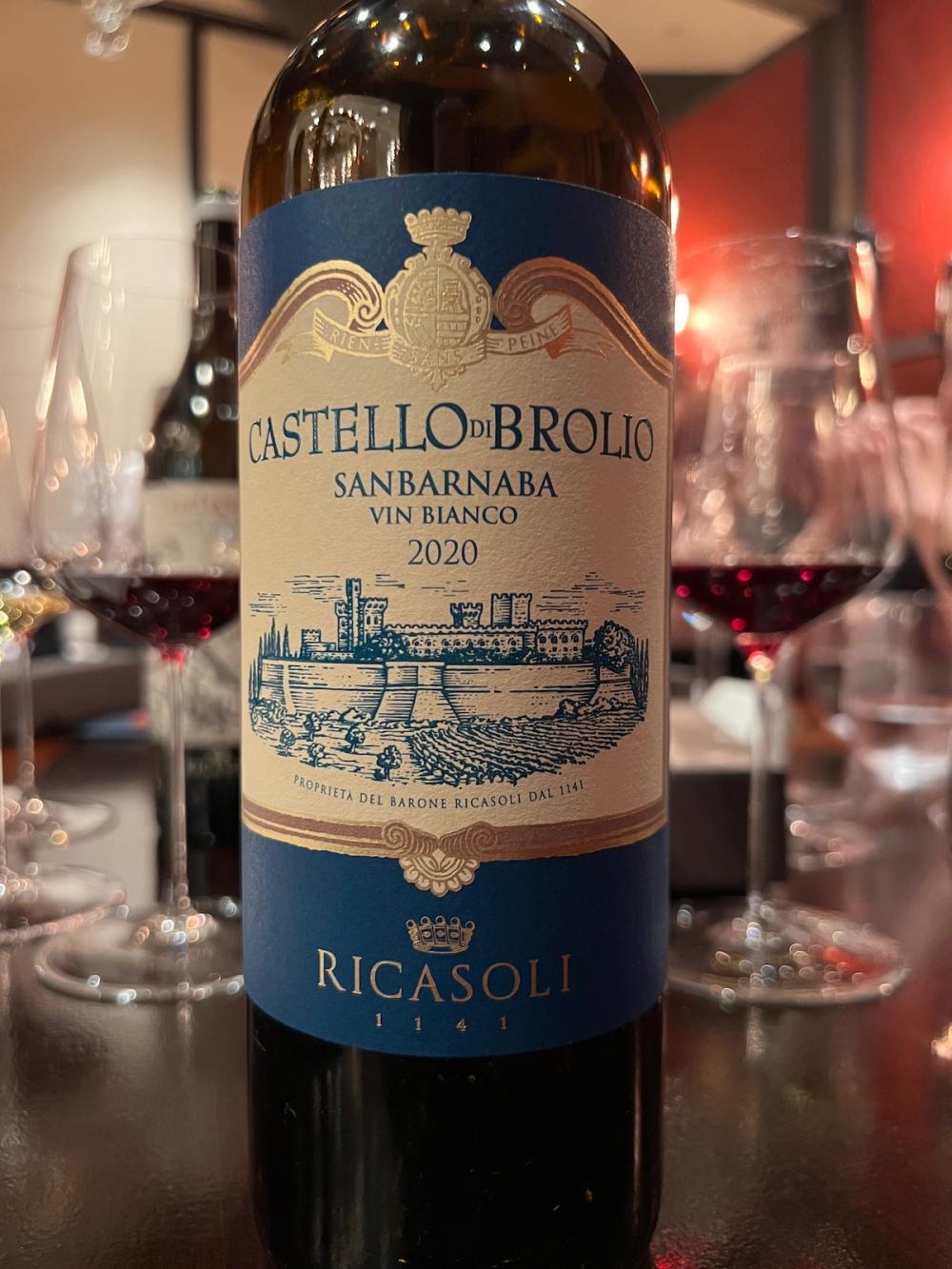
Castello di Brolio, San Barnaba, Vin Bianco 2020, IGT Toscana
100% Trebbiano
This is Ricasoli’s ‘new baby’, an intense but elegant white wine made purely from workhorse grape Trebbiano. There have been other vintages made over the past decade but this is the first one to see the light of day and get a commercial release as it was the only iteration that the team was 100% happy with.
San Barnaba is a white wine but the grapes are vinified with their skins for three months in terracotta amphora which is how you normally make an orange wine although, I may add, it is clean, pure and has a degree of polish you don’t always associate with that category. Francesco said he took on this wine because it was “a challenge”, giving a grape some TLC that universally gets a bad press. I believe he has ‘kissed the frog’ and turned it into royalty – it’s a sumptuous wine, fresh with good volume in the mouth, dry stone texture, a creamy note and a distinct saffron/ pollen quality.
Very different from a lot of the Ricasoli portfolio (Francesco calls the wine “a little bit queer”) but none the worse for that – in fact, I would advise extending a warm welcome to yet another great premium Italian white wine – they really are on a roll right now.
Sommeliers take heed – don’t serve San Barnaba cold – “if you chill it you kill it”, says Francesco. At lunch it was served with a melt-in-your-mouth cod dish. Fresh porcini pasta would also be a great combo.
The three single vineyard Gran Selezione
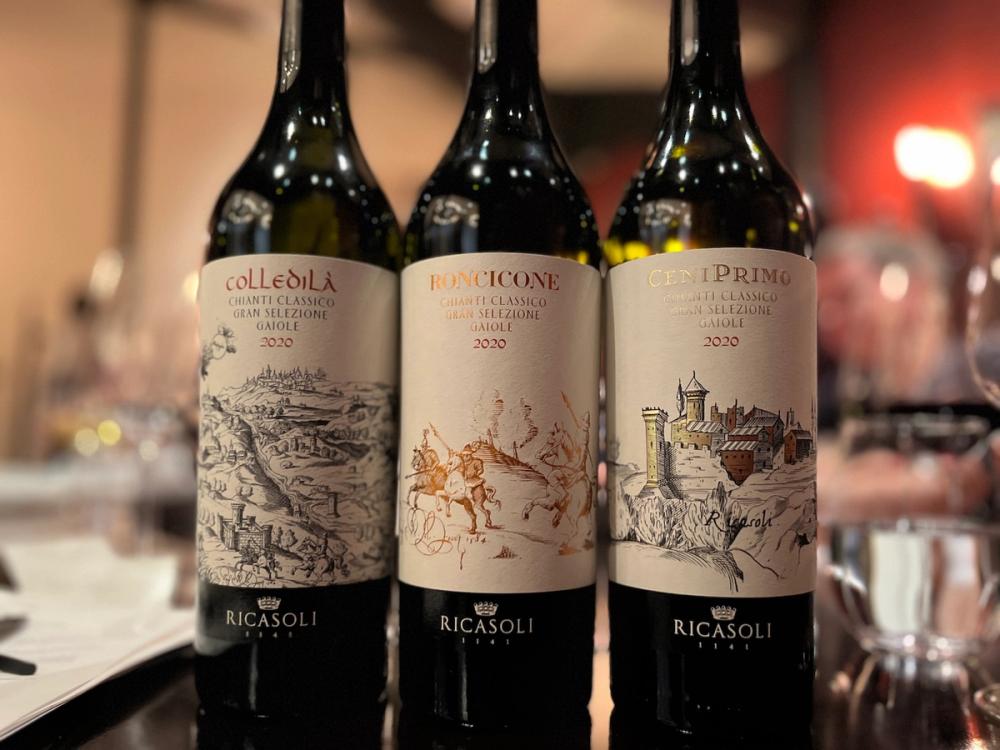
These three 100% Sangiovese epitomise where Italian wine is headed these days – in a good way. Like Piedmont, Chianti-shire has taken a leaf out of Burgundy’s book and is concentrating on single vineyard wines, designed to show specificity of terroir and the many facets of one grape – in this case Sangiovese. Reflecting that on the label is also becoming more sophisticated with these three wines now bearing the name of the village for the first time – Gaiole – in what is a new development for the region.
An overarching characteristic about the three Gran Selezione is that the tannins are ripe and approachable without becoming too integrated. This is true also of many other Italian regions where winemakers are making red wines in a more elegant, refined manner without the dusty and drying tannins of yesteryear that meant it was almost impossible to drink a young Italian red without a mouthful of sugo – climate change, technological advancement (particularly in the vineyard) and drinking styles all playing a part in that transformation.
The three wines are all from 2020 which was a hot, dry growing season in Tuscany with some rain in August bringing relief to the vines. All fruit for these wines was hand-picked, the wine vinified for 14-16 days with daily punchdowns, then aged for 22 months in 500-litre tonneaux (30% new/ 70% second fill).
Colledila, Roncione and CeniPrimo are all different sides of the same jewel, if you will. Being so young, these wines changed in the glass throughout a two-hour period. Broadly speaking Colledila is the most approachable in youth while CeniPrimo is the ‘finest’ of the three.
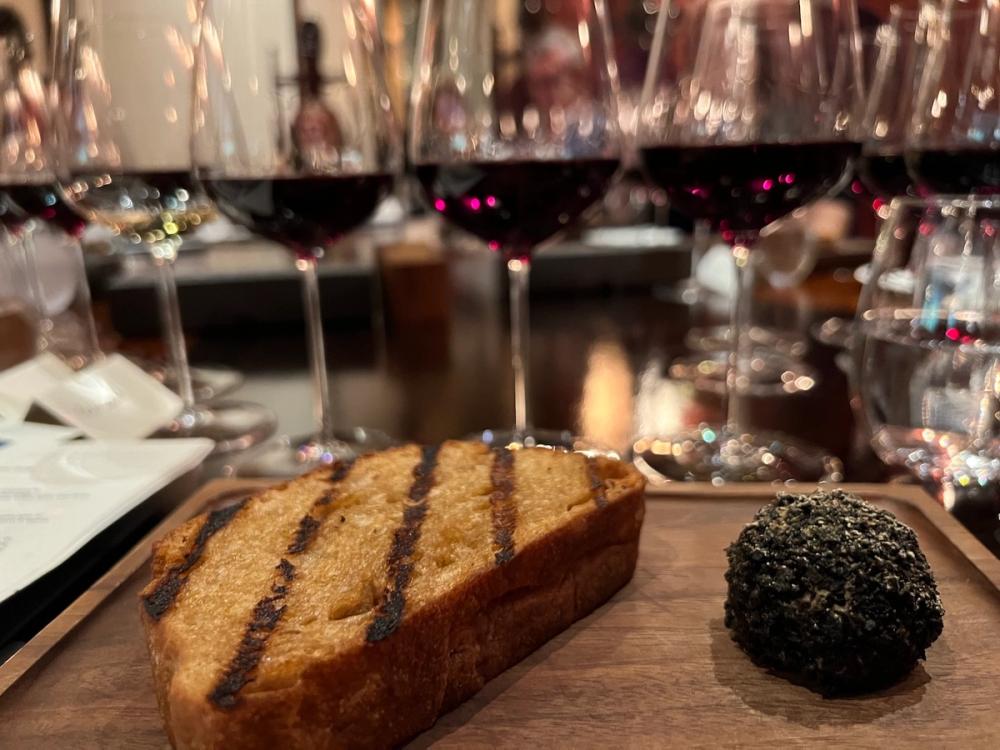
One of the courses served with the three Gran Selezione wines was ‘Truffle’ which is actually chicken liver paté covered in sumer truffle
Colledila 2020, Chianti Classico DOCG Gran Selezione Gaiole
100% Sangiovese
Colledila is deep ruby red with fresh lifted aromas of red wild cherries, blackberries, some balsamic and sun-dried tomato. Elegant and beautifully poised in the mouth, at first a touch lean with mineral then opening out into an easy-going hugely drinkable wine, a splash of redcurrant cream, roasted meat notes developing in the glass in time.
Roncicone 2020, Chianti Classico DOCG Gran Selezione Gaiole
100% Sangiovese
Colledila was first made as a Cru in 2007 while Roncicone and CeniPrimo had their first vintages more recently in 2015 and yet, in that time, they are both developing distinct characters.
Although slightly lighter in colour than Colledila, Roncicone did feel darker in expression – the wine shows ferrous, herbal and toast notes with black flowers, the fruit also felt black rather than red. That said, the wine welcomes you with open arms on the palate – open and juicy with a touch of citrus. 14% abv incidentally – .5% less alcohol than the other two single vineyard wines, with all three having a remarkably low pH for a red wine.
CeniPrimo, 2020, Chianti Classico DOCG Gran Selezione Gaiole
100% Sangiovese
From very old soils formed into alluvial terraces, this is the wine that, in the 2018 vintage James Suckling described as the greatest Chianti Classico he had ever tasted.
Ruby-red, almost transparent, it offers wild red cherries and rosehip, Tuscan clay, red liquorice and raw beef – complex, alluring on the nose then superb in the mouth, treading a line between ripe fruit and elegance. This is a very complex wine for one that is so young, it has a lovely register on the palate and has all the qualities to make this a collectors’ fine wine for many years to come.
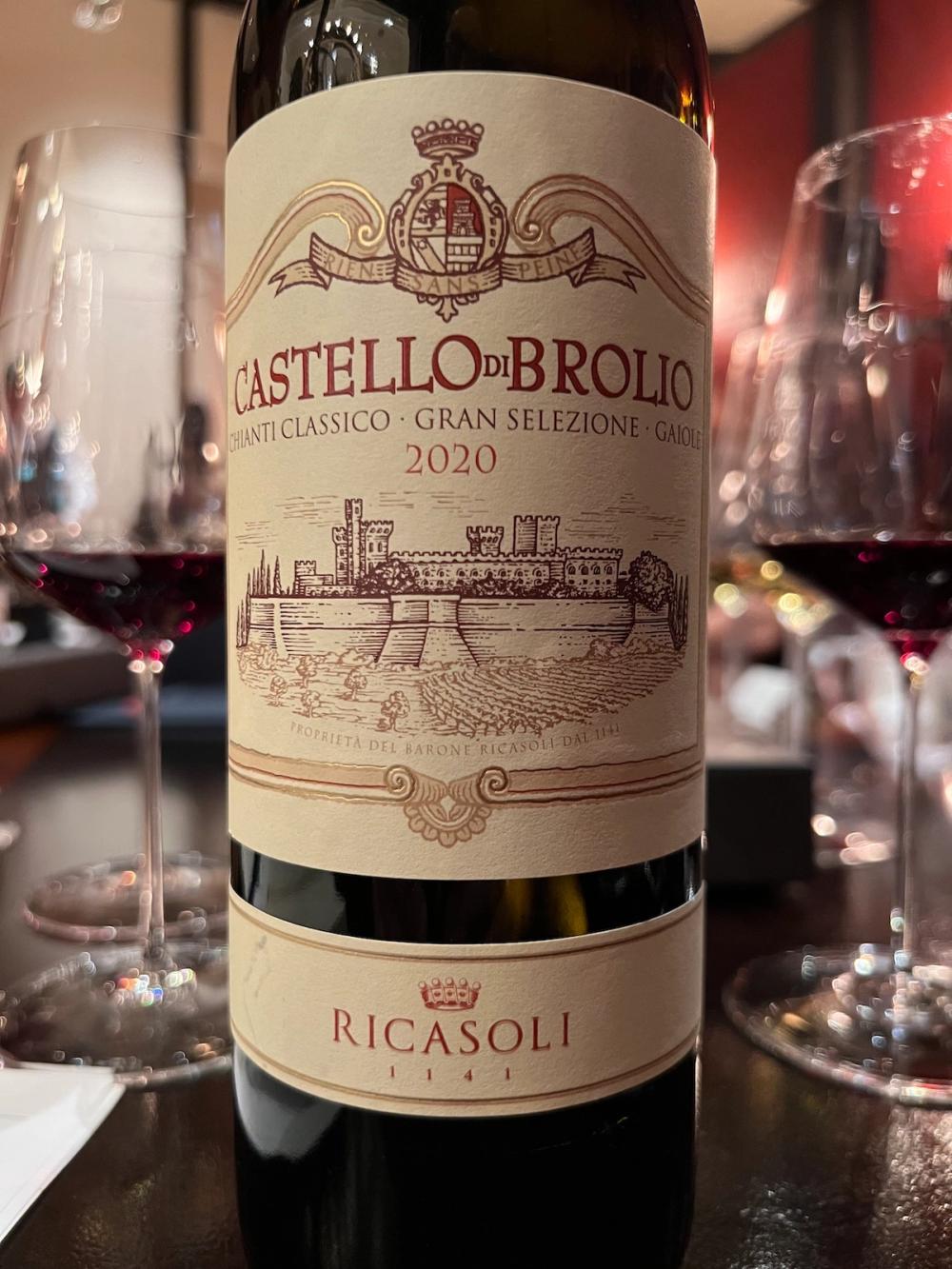
Castello di Brolio 2020, Chianti Classico DOCG Gran Selezione Gaiole
Ricasoli’s flagship wine, a ‘grand vin’, made from 100% Sangiovese sourced from a variety of vineyards grown on the most representative soils in Brolio and only produced in the best vintages.
Given the standard of the single vineyard wines that preceded this in the tasting, this more than held its own and came across as a seminal Gran Selezione. Darker crimson, more broody and powerful, on the nose it was floral, with wild cherries and spice; on the palate the wine had a lovely depth of fruit, with a more savoury dimension – liquorice and black tea – and really balanced acidity. If I was buying a 6-pack I would probably opt for this or the CeniPrimo, incidentally.

Casalferro 2019, Toscana IGT
A bit of a ‘black sheep’ in the tasting being 100% Merlot but no less for it – proof again that Italy produces some of the best single varietal Merlots, and this is no exception with a most Italian accent put on this French grape. The first vintage of this wine was in 1993 when Francesco took over the running of the estate, and 2007 was the first vintage when it was 100% Merlot. Casalferro is only made in the very best vintages. In 2017, for example, Ricasoli did not produce this wine.
This wine is a selection of Merlot from three vineyards, some planted 30 years ago. After 14-18 days of skin contact in vinification, the wine is aged for 21 months in tonneaux and barriques – 30% of which are new oak with the remaining 70% second and third fill.
This is an outstanding wine from an outstanding vintage – black fruit leads the aromas which also has nuances of violets, black olives and spice. The wine is full bodied and concentrated but there is a polish and immaculately handled tannins lead to a velvety texture and freshness in the mouth. Stunning wine that is drinking well now but will last decades.

I can’t believe it’s a beetroot crisp! Jamie Goode samples Blumenthal’s cuisine at the San Barnaba launch.
